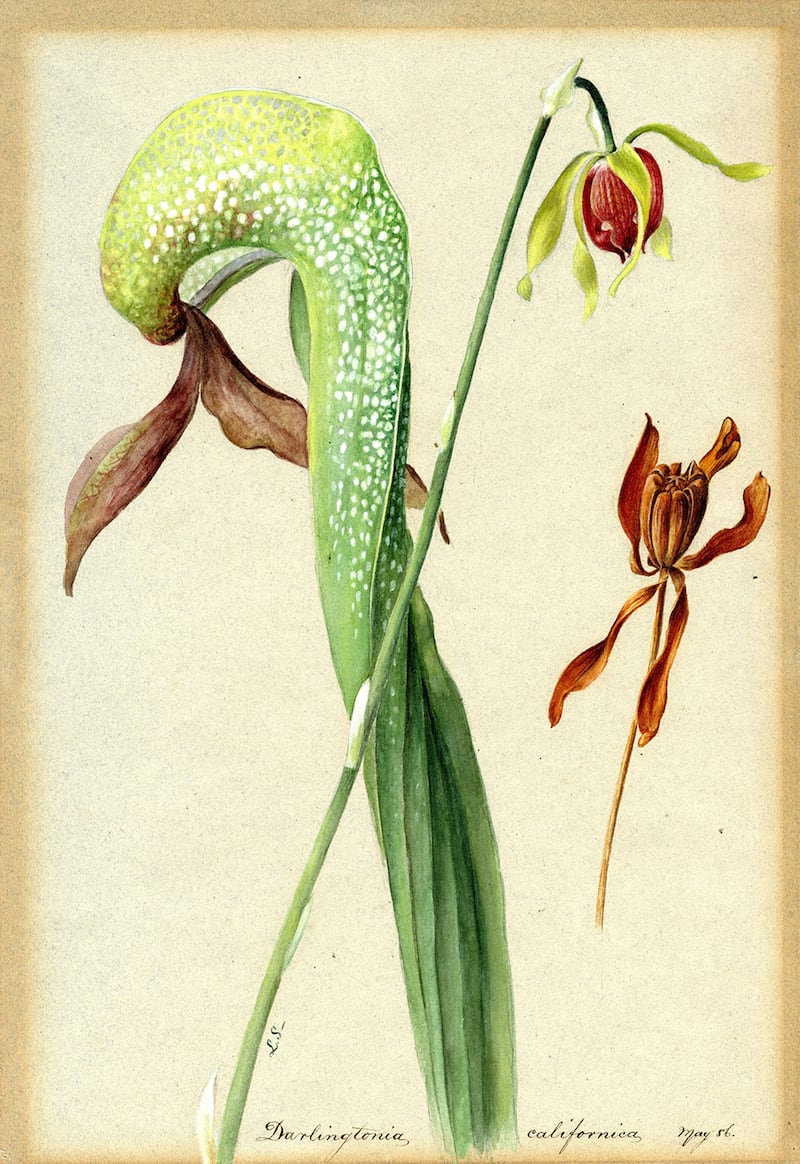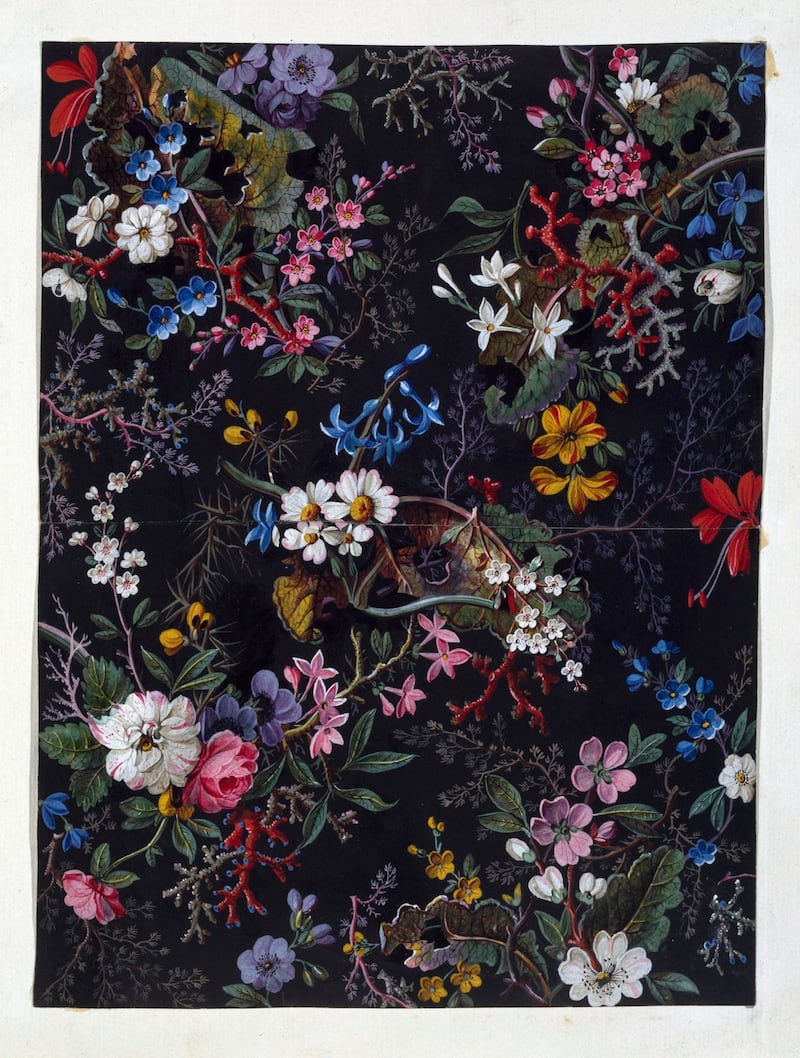Pioneering Irish artists are at the heart of the National Gallery of Ireland’s new exhibition, Drawn from Nature: Irish Botanical Art, spanning almost 300 years.
The exhibition celebrates artists who made significant contributions to art, science and our understanding of the natural world, along with contemporary botanical artists that include Mary Dillon, Siobhán M Larkin, Susan Sex and Holly Somerville.
The exhibition is jointly curated by Janet McLean from the gallery and Patricia Butler on whose book: Irish Botanical Illustrators & Flower Painters, the exhibition is based.
Butler grew up surrounded by a beautiful garden in Co Wicklow that her entire family tended each weekend. It was the beginning of her love affair with all things botanical. She went to school at Alexandra College when it was on Earlsfort Terrace in Dublin city, "which was great as it taught women to be independent", and when her husband Patrick died at a young age leaving her with two small children, she found a job with Bruce Arnold at the Neptune Gallery on South William Street. There she met Irish artists such as Mainie Jellett and William Orpen which started her "love affair with art".
She was awarded the Purser Griffith Scholarship at University College Dublin, and later, when Prof Anne Cruickshank of Trinity College Dublin recommended that she explore the botanical collection library at the National Botanic Gardens in Glasnevin, she became hooked on botanical art.

She explains the importance of the exhibition: “The history of Irish botanical art has never been charted, unlike in England where W Blunt’s Art of Botanical Illustration was had numerous print runs.” Many of these works are housed in public collections such as in the Royal Gardens at Kew, as well as in private collections. They have now come together for the first time, and feature interesting Irish women and men in the world of botanical art.
Lady Edith Blake was born in Clonmel in 1846. She travelled with her husband when he was posted as governor to the Bahamas, Jamaica, Newfoundland and Ceylon, where she recorded an abundance of tropical plant species. Her keen eye also included the agricultural contribution the local plants made to the economy giving a socio-economic insight to the flora of her travels.
On her return in 1894 an exhibition of her work was shown at the Royal Museum of Science and Art on Kildare Street, and part of her collection is now on display at the National Museum of the American Indian in New York.
Also worth a mention is Lydia Shackleton, who in 1886 was asked by Frederick Moore, then curator of the Royal Botanic Gardens in Glasnevin (and who was born in the gardens as his father was curator before him), to record the orchid legacy at the gardens. She completed over 1,000 orchid drawings along with some other species introduced by Moore to the gardens during his 43-year tenure.

In 1846, when Ireland was the first country in the world to be surveyed, such was the level of detail involved that artist George Du Noyer recorded grasses, fruit and mushrooms and these remarkable drawings are included in the collection.
Also included are works by William Kilburn which are on loan from the Victoria and Albert Museum in London. Born in Dublin's Capel Street in 1745, he moved to England where he recorded plants at the Royal Botanic Gardens at Kew for his book, Flora of London. His working designs for textiles dating from 1780 are now printed on everything from pruning forks to tea towels, and sold in the gift shop at the Victoria and Albert Museum.
Drawn from Nature: Irish Botanical Art, March 7th-June 21st, National Gallery of Ireland, Merrion Square, Dublin 2, admission free, nationalgallery.ie












